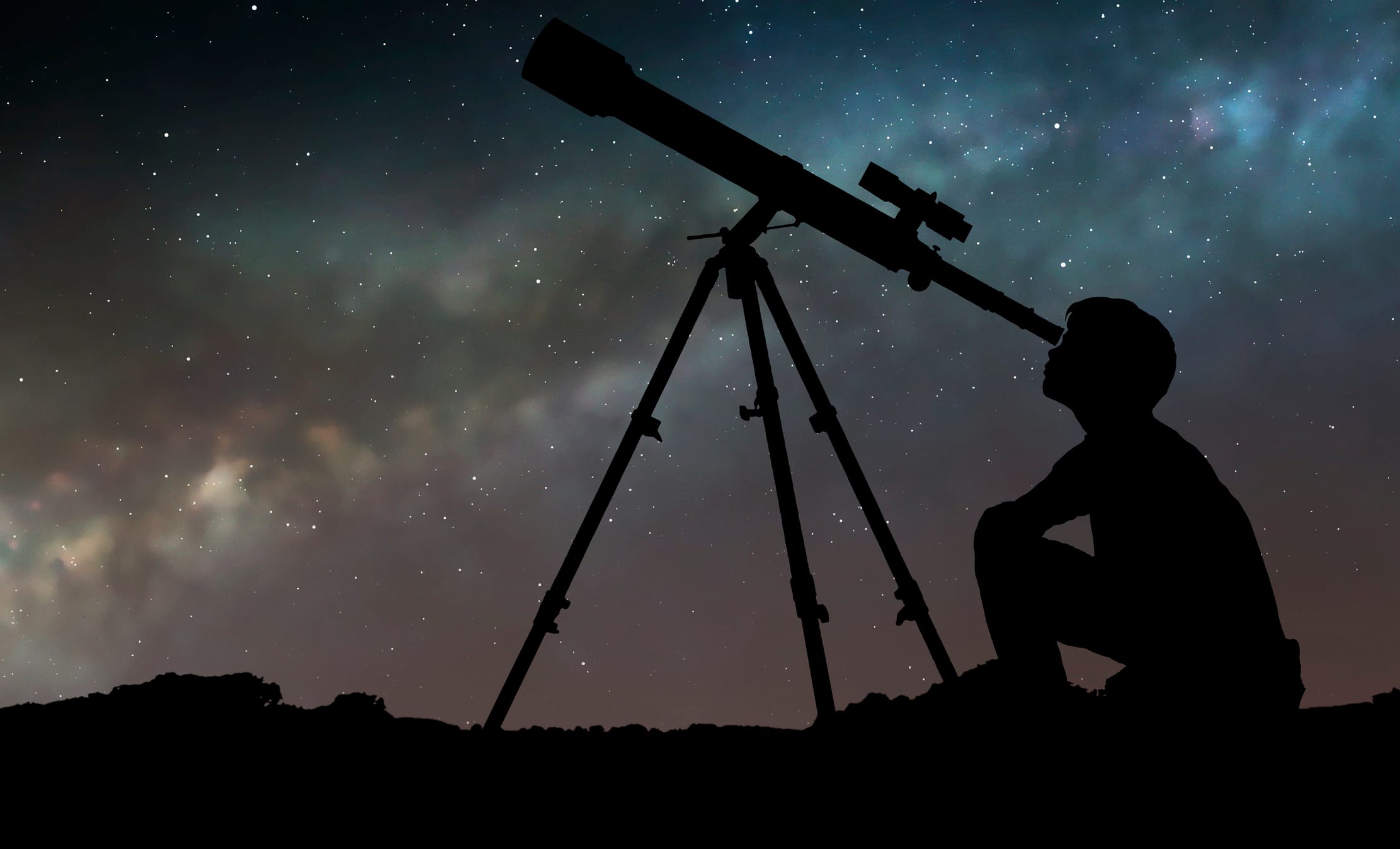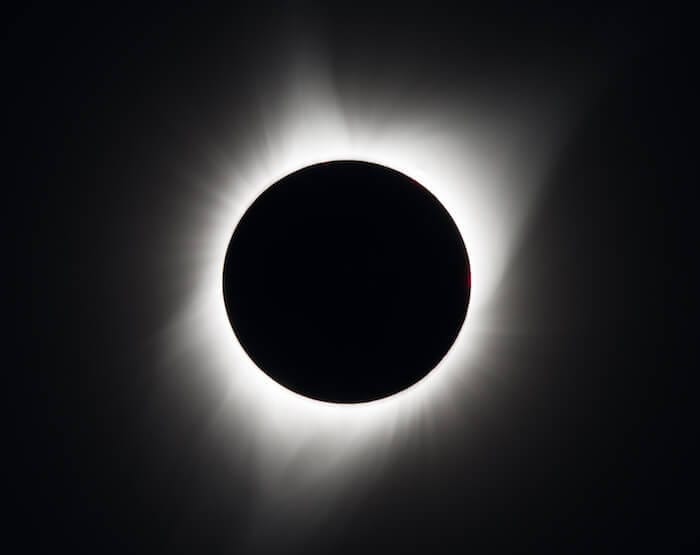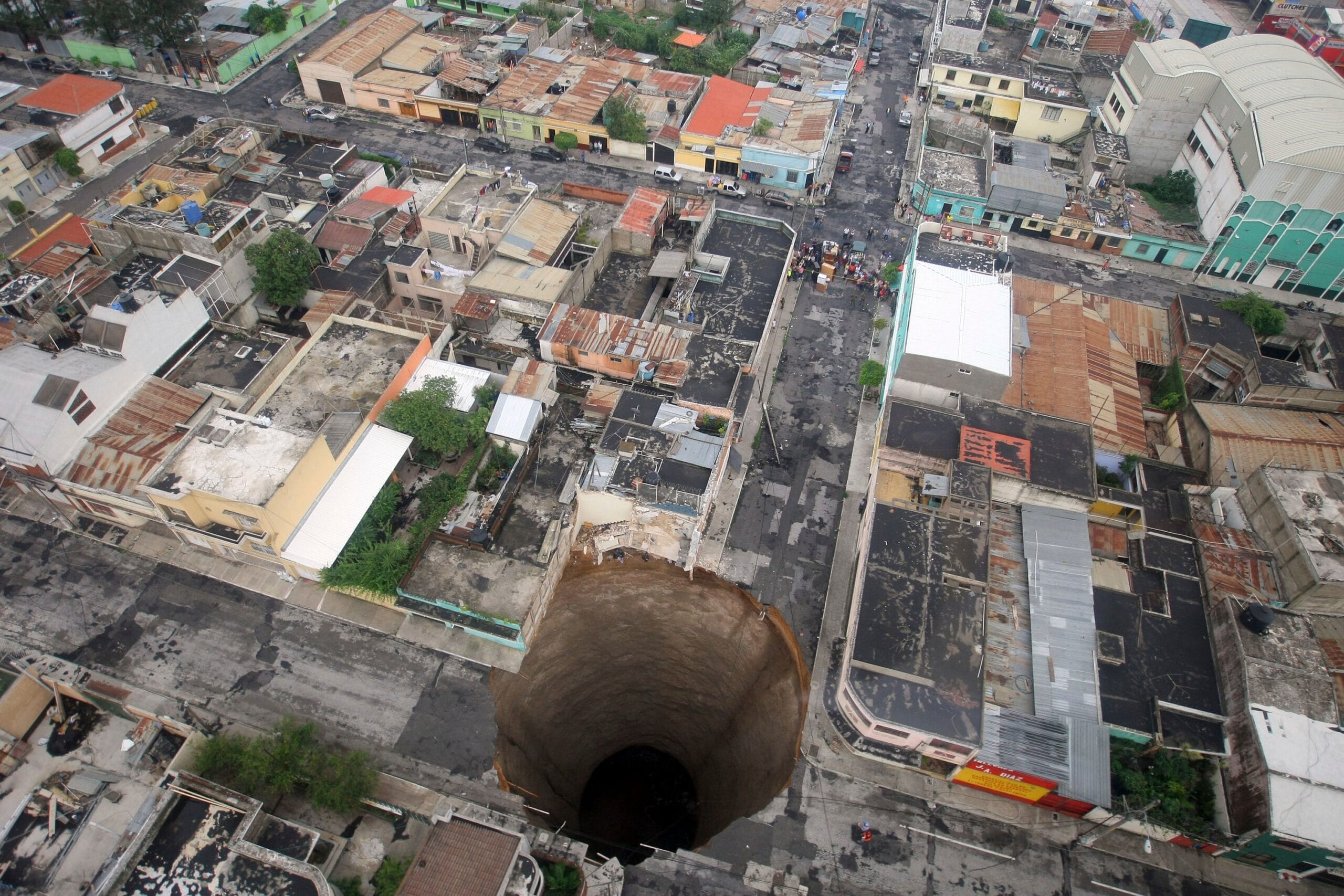Recent analysis by the National Aeronautics and Space Administration (NASA) has revealed a notable probability of an asteroid impacting Earth in the year 2032. This celestial object, currently designated as a potentially hazardous asteroid, has been closely monitored, and the latest calculations indicate a 1 in 83 chance of collision. The asteroid’s size and composition are still under study, but initial estimates suggest it is capable of causing significant regional damage upon impact, therefore being referred to as a ‘city killer’ asteroid. The term ‘city killer’ refers to an asteroid that is large enough to cause widespread destruction on a scale equivalent to the destruction of an urban area.
Scientists utilize advanced telescopes and tracking systems to observe and analyze the trajectory of near-Earth objects. These observations provide crucial data for determining the likelihood of future impacts. The process involves repeatedly measuring the asteroid’s position, which allows for an accurate calculation of its orbital path. As more measurements are gathered, the accuracy of these projections increases. However, uncertainties always remain, primarily due to subtle gravitational effects from other celestial bodies and the limited observational window for certain objects. This means that these probability calculations can change with new data.
The current 1 in 83 probability is not static. It is expected to fluctuate as further observations are collected and analyzed. The orbit of the asteroid will be monitored, and more refined data will likely reduce the uncertainty in predicting its trajectory. This continuous observation is a standard procedure with all potentially hazardous near-Earth objects, allowing scientists to reduce risk. The focus of these studies is to assess both the likelihood of a collision and, should an impact be deemed probable, to understand its likely effects. This information allows for further steps to be planned if an impact is possible.
Planetary defense is a field dedicated to addressing the potential threat of asteroid impacts. The aim is to identify potential threats and develop strategies to mitigate the danger. One of the core concepts of planetary defense is to either deflect the object away from its collision path or to, in theory, destroy it to avoid a collision. These approaches are based on the technology available to us and require a high degree of planning. While deflection is generally considered the safer approach, given the complexity of disrupting an asteroid’s trajectory, destruction methods are also explored. The exact methodology to deal with a potential threat is directly related to the asteroids composition, size, trajectory and other specific factors.
The 1 in 83 probability means that an impact is not imminent, but it does mean that the asteroid is an object that needs to be studied. While the risk is not considered to be extremely high, it is above the baseline. Continued tracking and analysis are needed to gain greater confidence in the risk assessment. The calculations are made by various space agencies and scientists across the world, using the data from multiple sources to confirm data integrity. The data is publicly available to those who wish to understand the threat and what is being done to mitigate a potential risk. This open process also contributes to collaboration across the world to help with a potential global threat.
The study of near-Earth objects is a vital task, as it highlights one of the few natural global catastrophes that humans could potentially mitigate. This highlights the importance of continued investment into planetary defense programs and international collaboration on the potential impact of such a collision. The current focus is on the asteroid currently identified, however it serves as a reminder that other objects also could pose a threat. The knowledge gained from this asteroid will inform all future observations and contribute to the continued improvement of our scientific ability to track and mitigate such threats. The focus is on ensuring the safety of the Earth and its population from the potential impact of asteroids, as the ability to mitigate such a risk provides a level of security that was not always possible.


